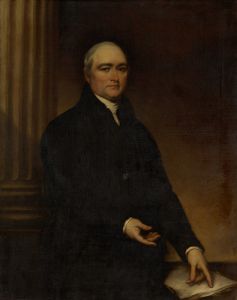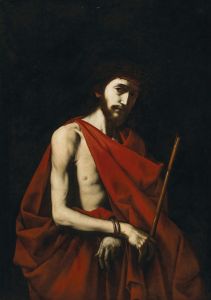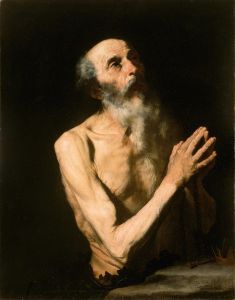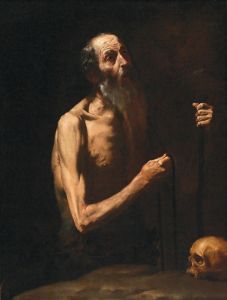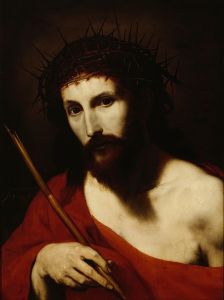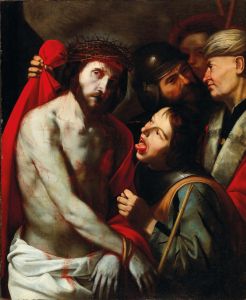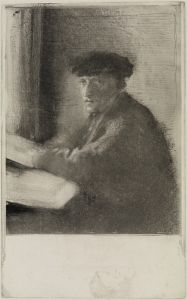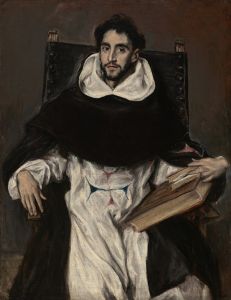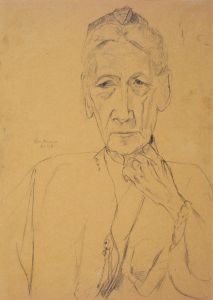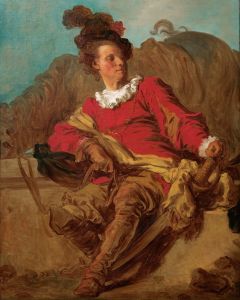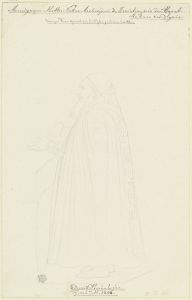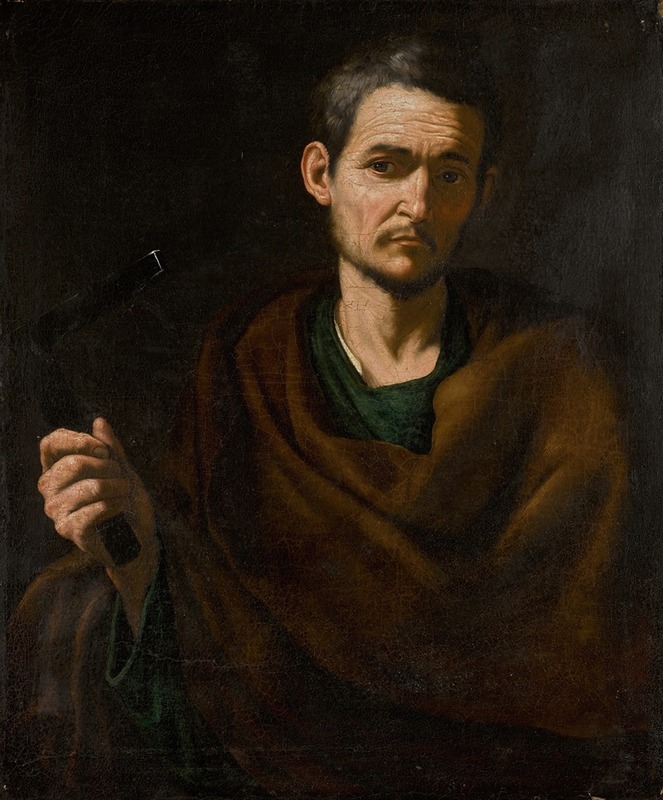
Saint Philip, Half-Length, Holding A Crucifix
A hand-painted replica of Jusepe de Ribera’s masterpiece Saint Philip, Half-Length, Holding A Crucifix, meticulously crafted by professional artists to capture the true essence of the original. Each piece is created with museum-quality canvas and rare mineral pigments, carefully painted by experienced artists with delicate brushstrokes and rich, layered colors to perfectly recreate the texture of the original artwork. Unlike machine-printed reproductions, this hand-painted version brings the painting to life, infused with the artist’s emotions and skill in every stroke. Whether for personal collection or home decoration, it instantly elevates the artistic atmosphere of any space.
"Saint Philip, Half-Length, Holding a Crucifix" is a notable painting by the Spanish Baroque artist Jusepe de Ribera, also known as José de Ribera. Ribera was an influential painter and printmaker of the 17th century, renowned for his dramatic use of chiaroscuro and his realistic depiction of religious and mythological subjects. Born in Spain, Ribera spent much of his career in Italy, particularly in Naples, where he became a leading figure in the Neapolitan school of painting.
This particular work, "Saint Philip, Half-Length, Holding a Crucifix," exemplifies Ribera's mastery in portraying religious figures with intense emotional depth and realism. The painting depicts Saint Philip, one of the twelve apostles of Jesus Christ, who is traditionally associated with the spreading of Christianity in Greece and Phrygia. In the painting, Saint Philip is shown in a half-length portrait, a common format for devotional images during the Baroque period, which allowed for a focus on the subject's expression and gesture.
Ribera's depiction of Saint Philip is characterized by the saint's contemplative gaze and the strong, dramatic lighting that highlights his facial features and the crucifix he holds. The use of chiaroscuro, a technique that contrasts light and shadow, is particularly effective in this work, creating a sense of depth and volume. This technique was heavily influenced by the works of Caravaggio, whose style had a significant impact on Ribera and other Baroque artists.
The painting's composition is simple yet powerful, with Saint Philip's figure dominating the canvas. The background is dark and unobtrusive, ensuring that the viewer's attention remains on the saint's expression and the symbolic crucifix. The crucifix itself is a central element in the painting, symbolizing Saint Philip's faith and his role as a martyr. According to Christian tradition, Saint Philip was martyred by crucifixion, which adds a layer of poignancy to the image.
Ribera's ability to convey the humanity and spirituality of his subjects is evident in this work. The texture of the saint's skin, the folds of his robe, and the intricate details of the crucifix are rendered with meticulous care, showcasing Ribera's technical skill and attention to detail. This realism, combined with the emotional intensity of the saint's expression, invites viewers to engage with the painting on a personal and spiritual level.
"Saint Philip, Half-Length, Holding a Crucifix" is housed in the Museo del Prado in Madrid, Spain, which holds one of the most comprehensive collections of Ribera's works. The painting is an excellent example of Ribera's contribution to the Baroque movement and his ability to infuse religious subjects with a sense of immediacy and emotional resonance. Through works like this, Ribera has left a lasting legacy in the world of art, influencing generations of artists who followed.





